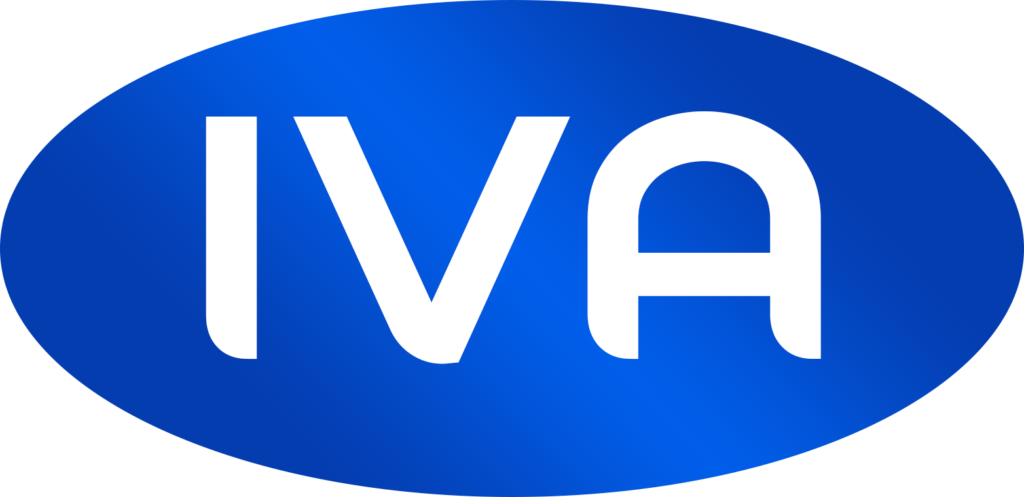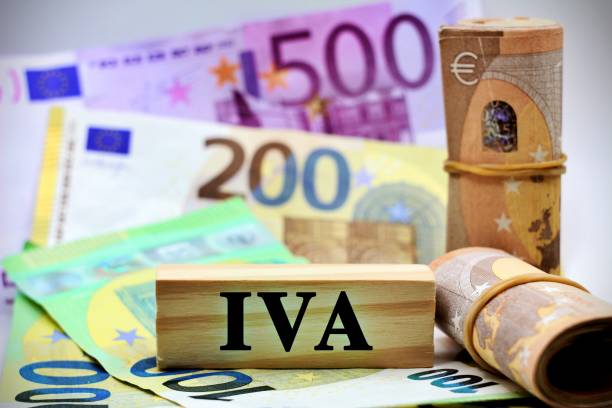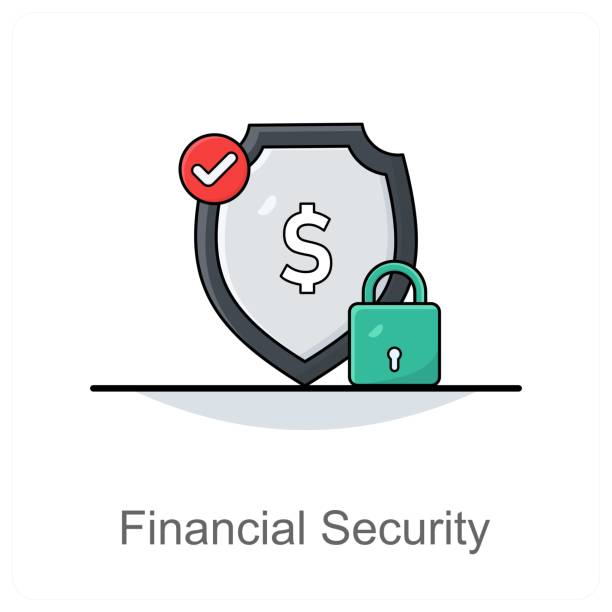What You Need to Know About Debt Relief Orders (DROs)
If you’re struggling with unmanageable debts and have limited income or assets, a Debt Relief Order (DRO) could be a lifeline. DROs are a legal solution designed to help individuals with low financial resources manage their debts and gain a fresh start. This guide explains everything you need to know about DROs in the UK, including eligibility, benefits, drawbacks, and the application process.
What Is a Debt Relief Order (DRO)?
A Debt Relief Order is a form of insolvency aimed at helping people who are unable to repay their debts due to low income and minimal assets. Administered by the Insolvency Service and approved by an authorised debt adviser, a DRO freezes your debts for 12 months. If your financial situation doesn’t improve during this period, your debts are written off.
Eligibility Criteria for a DRO
To qualify for a DRO in the UK, you must meet the following criteria:
- Debt Limit
- Your total unsecured debts must not exceed £30,000 (as of 2021; check for updates).
- Disposable Income
- After essential living costs, your monthly disposable income must be £75 or less.
- Assets
- The total value of your assets must not exceed £2,000.
- Residency
- You must have lived or worked in England, Wales, or Northern Ireland within the last three years.
- Previous Insolvency
- You must not have had a DRO within the last six years.
- Debt Type
- Only qualifying unsecured debts, such as credit cards, personal loans, and utility arrears, can be included.
- Exclusions
- You cannot be involved in other insolvency proceedings, such as an Individual Voluntary Arrangement (IVA) or bankruptcy, at the time of applying.
Which Debts Can Be Included in a DRO?
DROs cover most unsecured debts, including:
- Credit cards and personal loans.
- Overdrafts.
- Utility bill arrears (e.g., gas, electricity, water).
- Council tax arrears.
- Rent arrears (non-secured housing agreements).
However, some debts cannot be included, such as:
- Court fines.
- Student loans.
- Child maintenance payments.
- Secured debts, like mortgages.
Benefits of a DRO
- Debt Freeze
- All included debts are frozen for 12 months, meaning no payments, interest, or charges are added during this time.
- Debt Write-Off
- If your financial situation hasn’t improved after the 12-month period, the included debts are written off.
- Protection from Creditors
- Creditors listed in your DRO cannot take legal action against you during the 12-month moratorium period.
- Affordable Fees
- The application fee for a DRO is only £90, making it one of the most affordable debt solutions.
- No Court Appearance
- Unlike bankruptcy, you don’t need to attend court to apply for a DRO.
Drawbacks of a DRO
- Impact on Credit Score
- A DRO will remain on your credit file for six years, making it harder to obtain credit during this time.
- Restrictions
- While your DRO is active, you can’t borrow more than £500 without informing the lender of your DRO status.
- Public Record
- Your DRO will be listed on the Individual Insolvency Register, which is publicly accessible.
- Exclusion of Secured Debts
- Mortgage or car loan debts cannot be included in a DRO.
- Limited Eligibility
- Strict criteria mean that not everyone struggling with debt will qualify for a DRO.
How to Apply for a DRO
The application process involves several steps and must be completed with the assistance of an authorised debt adviser. Here’s how it works:
- Seek Professional Advice
Contact a licensed debt adviser or an organisation like StepChange, Citizens Advice, or National Debtline. They will assess your situation and determine if a DRO is the best solution for you. - Provide Documentation
Gather evidence of your income, expenses, debts, and assets. Your adviser will use this information to complete your application. - Pay the Application Fee
The £90 fee must be paid to the Insolvency Service. Some charities may help cover this cost if you’re in severe financial difficulty. - Submit the Application
Your debt adviser will submit your application to the Official Receiver, who will review and approve (or reject) it. - Wait for Approval
If approved, your DRO will be active for 12 months, during which your debts are frozen.
What Happens After a DRO?
Once the 12-month period ends:
- All included debts will be written off, unless your financial situation improves significantly during the moratorium.
- Restrictions on borrowing and other financial activities will be lifted.
- Your credit file will still show the DRO for six years, but you can begin rebuilding your financial standing.
Alternatives to a DRO
If you don’t qualify for a DRO or believe it’s not the right solution for you, consider these alternatives:
- Debt Management Plan (DMP): An informal arrangement to pay off debts at a reduced rate.
- Individual Voluntary Arrangement (IVA): A legally binding agreement to repay part of your debts over a fixed period.
- Bankruptcy: A more drastic option for those with significant debts and no ability to repay.
- Negotiating With Creditors: Contact creditors directly to negotiate lower payments or a settlement.







